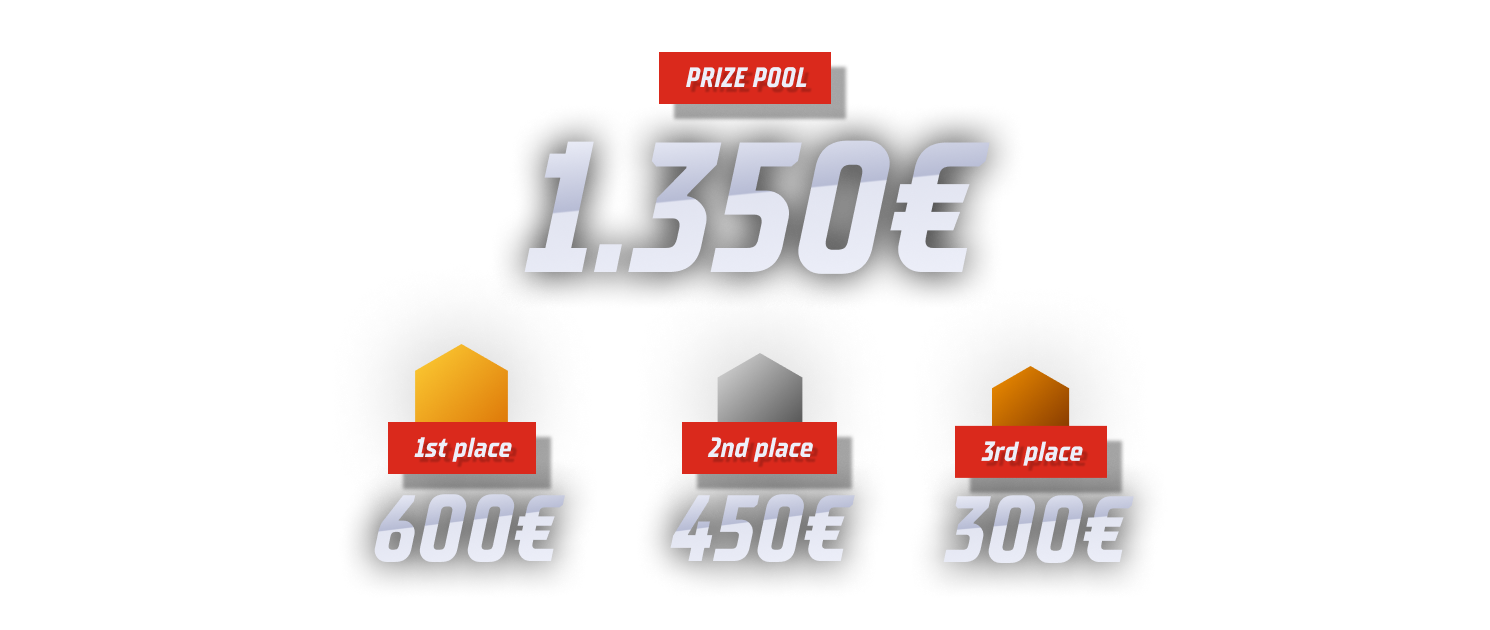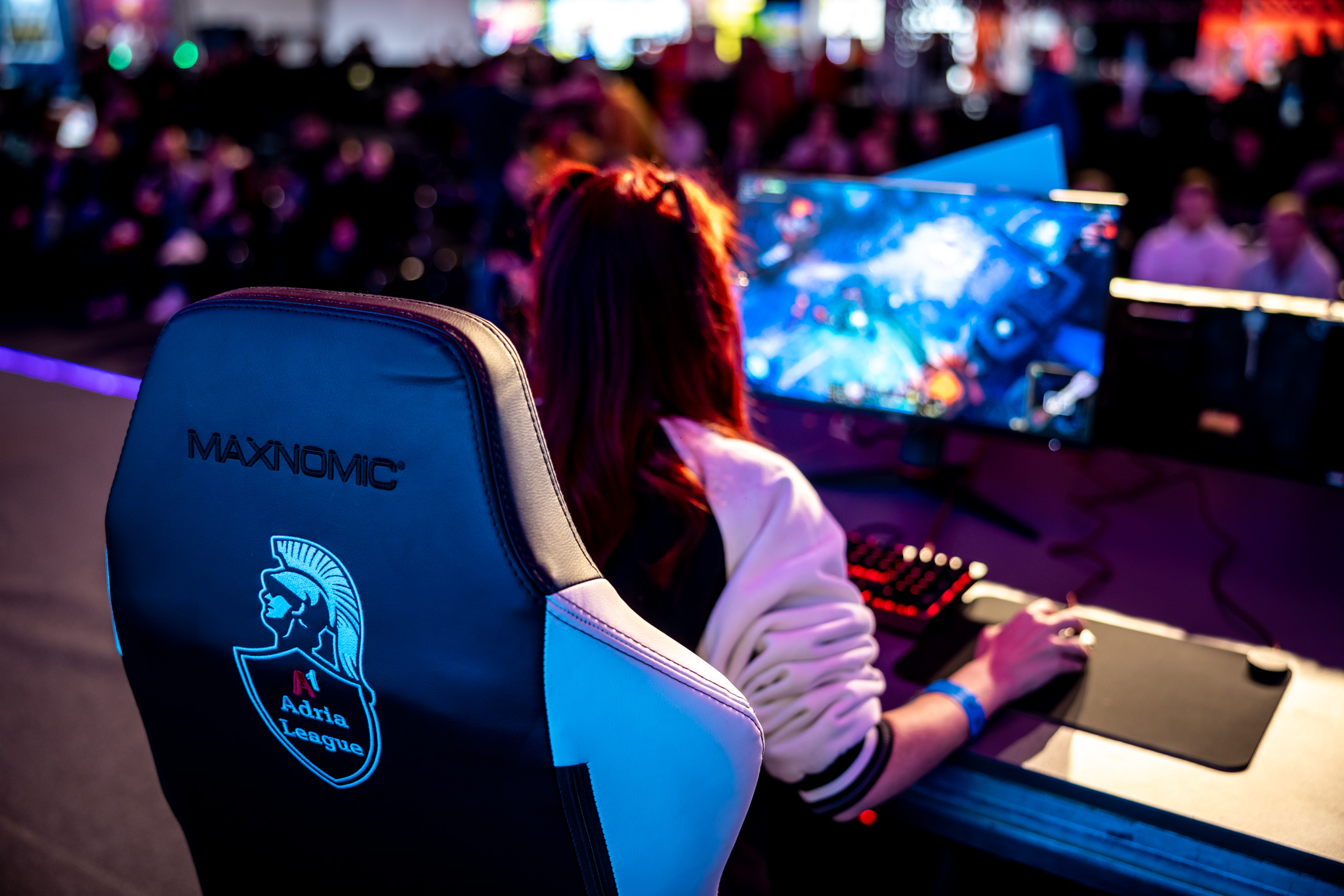EA FC’s yearly cycle and its effect on the esports scene
EA FC, and the FIFA series that came before it, are famous all over the world for being perhaps the best football games ever made, but interestingly enough, they are also subject to much criticism and “hate” from their own fans. Some of these criticisms are undeserving, but one of them is possibly the strangest in all of esports, and is a case of having to get used to it or just stop playing. We are talking, of course, about the yearly cycle of games.
If you’ve ever watched real football, the game is played in seasons which usually start around October and last into the late spring and early summer, depending on the region. In the off-season, clubs prepare for the next one, new players arrive, and the summer is usually the time for resetting and replenishing.
The creators of EA FC, EA Games, have realised that this will work great with a game, so we’ve had a new FC title every year for more than a decade. This used to be okay, since the esports landscape of the game was not so developed, and with games being mostly offline it was great to have new players and stadiums every year. As EA FC became a global esport, the appeal changed, and the “reset” impacts competitive play a lot, most importantly through the Ultimate Team, EA FC’s most popular mode, where players acquire footballer “cards” and create their own lineup.
As the year goes on, more and more special cards are released, including Christmas, Halloween, Team of the Week, Team of the Season and so forth. Every single of these cards is better in stats than the previous versions, and they culminate in the summer before resetting to regular cards in October in the new game. This reset of the entire game means that players have around 9-10 months of play before adapting to a new game, which always has slightly tweaked mechanics, movement, shooting and other features.
Early tournaments of the competitive year are always weaker in performance than later ones, since the players need to adapt to the game first, unlike League of Legends or CS2, or even fighting games. Even more so, the way Ultimate Team is laid out means that players need to buy new players every year, and more often than not, real money needs to be paid to open more in-game packs and get better players to remain competitive. As the year progresses, more special players mean more in-game coins spent, and the cycle continues. For example, French striker Mbappe had a 91-rated card at the start of EA FC 25, but his TOTY card has a rating of 96, with a total of 165 more in-game stats and 32 more face stats. This means that it’s simply better than the regular card in every way, despite being the same player.
What could help the game (and the leagues) would be a longer release cycle with a refresh of the entire Ultimate Team mechanic, but that will probably not happen. All we can realistically do is shift our expectations and think about the reset of the game as a fresh page in the EA FC book – there’s some satisfaction that can be had in playing a new edition of EA FC all over again and feeling like you have the same starting point as the rest of the world before finding out that is not the case three games into FUT.
In the A1 Adria League Weekly tournaments, we’re playing the current edition of EA FC, with all of its bells and whistles, limited cards and fancy players. This weekend, the finals of the EA FC are taking place, so keep an eye out for the streams!













